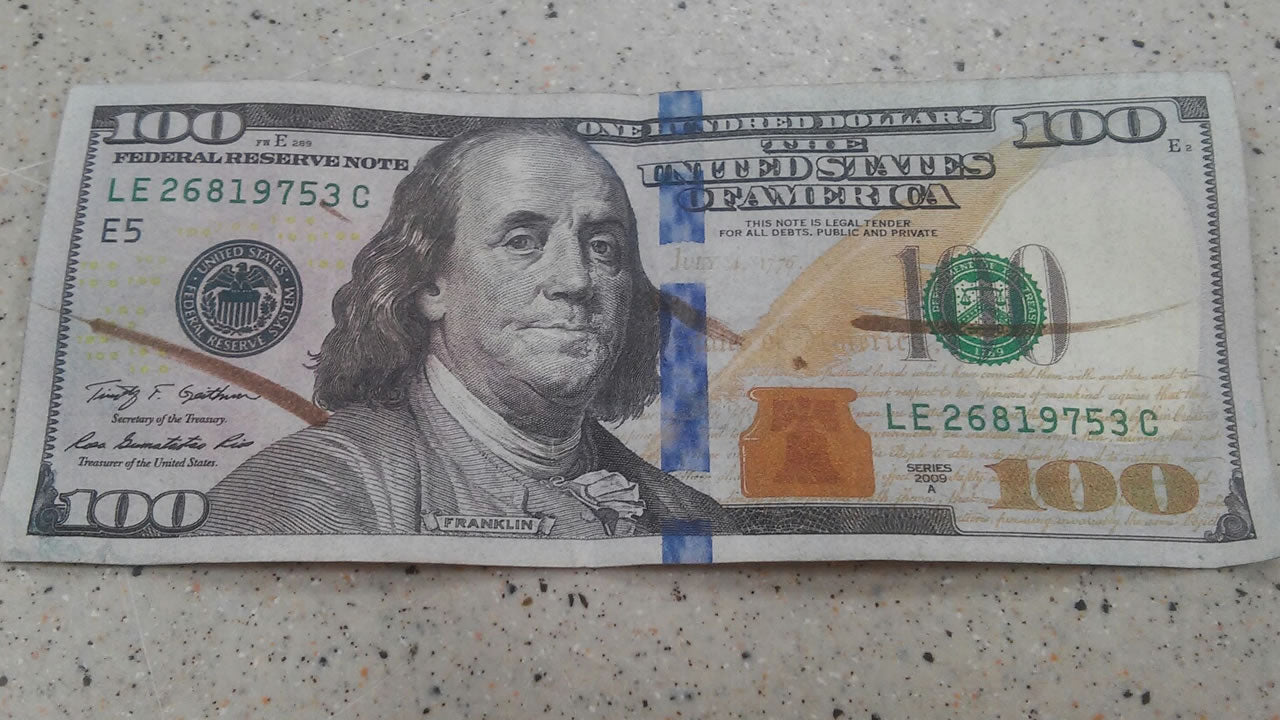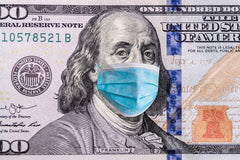Your cart is currently empty.
Free shipping on orders over $50

- May, 29 , 20
- 0 comments
Could I Accidentally Receive Fake Money From a Bank?
Contents
Counterfeit currency is a deliberate act of imitating legal money without government sanction. The goal of the people behind such money is to deceive the recipient. Producing fake money is a serious offense, but criminals continue the practice despite stringent anti-counterfeit laws.
Banks have strict security measures in place to detect fake money. First, they can spot it at the time of deposit and confiscate it so that it does not circulate among the public. Bank employees are trained to identify fake money through different security features of the bills.
Second, banks use various technologies and tools to detect counterfeit notes, including money counters and fake currency detection technology. These technologies are reliable, and there is very little chance of a fake note passing the security measures.
Additionally, the bank's bill counting machine not only accurately tallies genuine currency but also ensures the utmost accuracy in handling cash transactions.
Could a Bank Unknowingly Hand You Fake Money?
As stated above, banks have rigorous security measures in place to spot and confiscate counterfeit money. As such, the likelihood of receiving counterfeit bills from a bank or ATM is almost negligible. When banks receive fake money, they pass it on it to the Secret Service for investigation about its origin and the people behind it. According to the US Federal Reserve, there is a 0.01 percent chance of accidentally getting a fake US currency note from a bank or ATM.

But nothing is full-proof in this world, and bank security measures to detect fake currencies are no exception. There is still a small chance you may receive fake bills from a bank or ATM, and a few such cases have already been reported in the US. We'll discuss later in this article what you can do in case you received counterfeit money from a bank.
What Security Measures Banks Have in Place Against Counterfeit Money?
Banks and other financial institutions do everything they can to protect themselves and their clients against frauds resulting from counterfeit money. Remember that the origin of the cash you get from an ATM is the US Federal Reserve, which hands the cash to banks only after assessing each note with counterfeit detection technologies and other security measures.
Once the cash arrives at a bank, the bank administration uses multiple technologies and measures to make sure any fake money in a lot is detected and separated. Banks make huge investments in training and educating their staff to spot fake banknotes. Technologies like money counters and counterfeit bill detectors can detect 99 percent of fake notes.
Fake money is generally passed at retail outlets. These businesses unknowingly accept the counterfeit money and deposit it into their bank accounts. The banks use their counterfeit currency detection measures and technologies to determine whether or not the note is genuine. Any fake money encountered is confiscated, and the Secret Service is called in. This keeps the counterfeit money out of circulation.
How to Detect Fake Money
In most instances, ordinary people who are not aware of genuine banknotes’ distinguishing features unknowingly receive fake money during shopping. And they go on to shop at other retail stores without knowing they have counterfeit bills. A retail store with trained staff and a money counter with counterfeit detection technology can easily spot a fake bill. But not all stores are equipped with such technology.

So, how can an ordinary person spot fake money? The first thing you must do after receiving cash is to tilt the bill 45 degrees. A genuine note's ink color will shift from copper to green when doing so. However, this holds only for notes of 10, 20, 50, and 100 dollars.
Second, look at the security thread. If the thread is implanted in the vertical direction (except for 1 and 2 dollar notes) and is clearly visible when held against the light, you've got a genuine note. Third, if you have a 100 dollar bill that lacks the 3-D security blue ribbon, it is a fake note.
Next, real US dollar bills are made of cotton and linen embedded with blue and red fibers. Also, the watermark of the portrait in a real US dollar is visible from the back and front when held against the light.
What to Do if You Receive Counterfeit Money From a Bank
If you receive a fake bill from a bank, ATM, or other financial institution, be sure to take it back to the organization immediately. Show them the receipt and tell them the details of the transaction, such as time and location.
Second, if you received counterfeit money from a retail store or other shopping places, contact your local police department immediately. It is also a good idea to call the Secret Service. The police or Secret Service would ask you to submit a counterfeit note report to help them find the criminals behind the fake note. Ask the police for help if you have no idea how to fill out a counterfeit note report.
Remember, if you have a suspected counterfeit banknote, do not try to pass it off to someone else or try to use it for shopping. It is an offense to use fake money knowingly.
Search
Custom Menu
Recent Post
Archive
- April 2022
- September 2021
- July 2021
- February 2021
- December 2020
- September 2020




